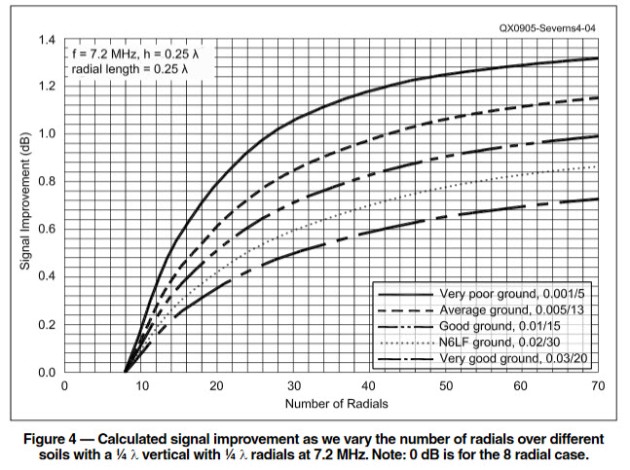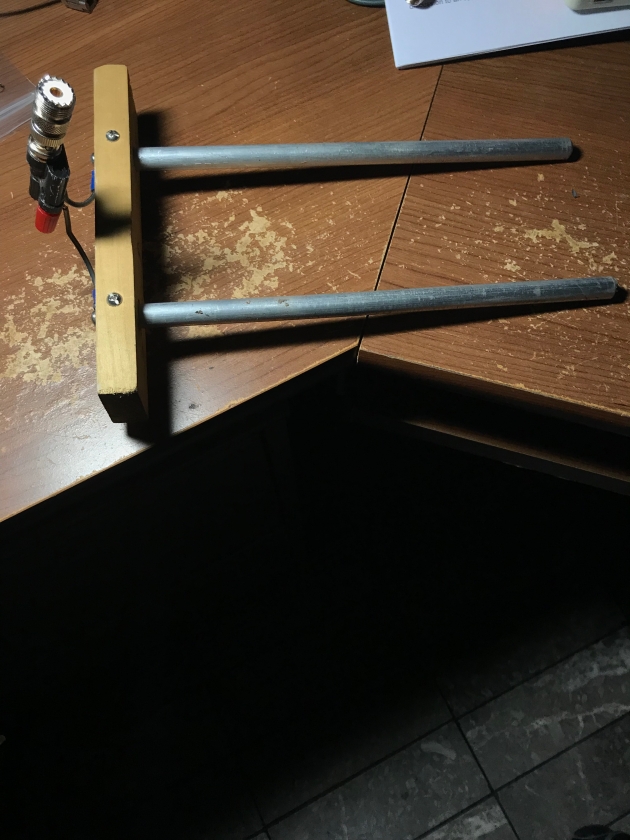For the past three or four months I was having great success early in the morning with 40m JT-65 contacts to Asia on the 1/4 wave vertical antenna. The band would be great at around 6:45 am and be open till around 8:30 am. Japan especially would be easy to make contacts with on JT-65.
I have been noticing a definite shift in early morning 40m to Asia. First, I should note that JT-65 activity has dropped off quite a bit now that FT-8 is getting so rapidly popular. Just in the last few weeks I have noticed a drastic reduction in the number of JT-65 spots showing on pskreporter. The second observation is that the band seems to open to Asia a bit later now from about 7:30 am to about 8:30 am.
So this morning I started out trying JT-65 and made two contacts to Japan but there were very few signals on the waterfall. FT-8 had much more activity overall. I switched to FT-8 and started calling CQ DX and the first response was from Indonesia. The next 8 QSO’s were from Japan.
Overall, I have mixed felling about this. I enjoy the early morning pace of JT-65. I can check my emails while checking the bands. FT-8 takes quite a bit more work and attention. One other effect is that FT-8 is a bit more difficult to close a weak signal QSO. It is easy for the signals to drop below the noise floor and disappear between transmissions.







